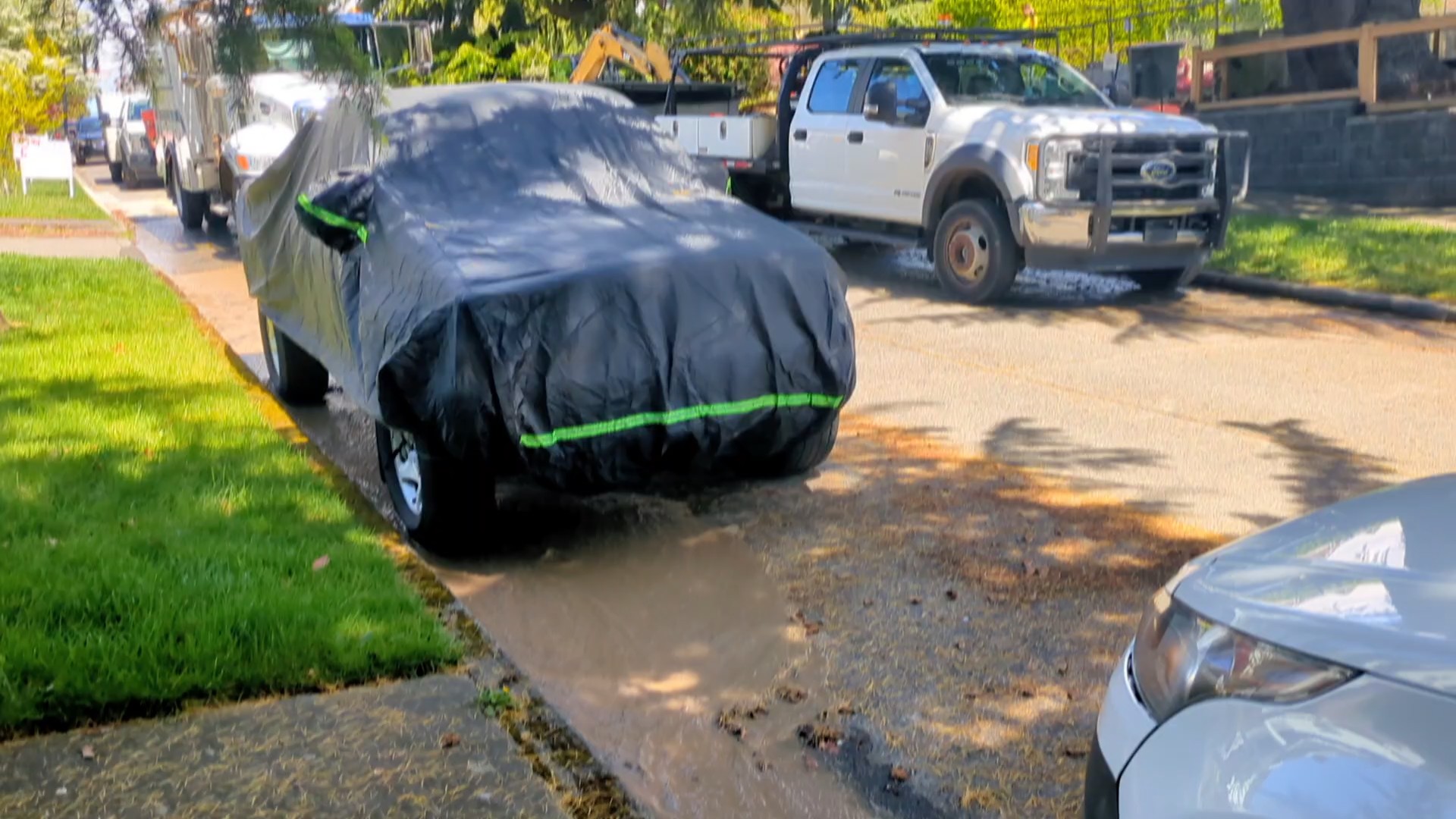Tom Trulin sent that photo of a nesting hummingbird, a perfect illustration for this reminder we received from Suzanne Krom: When you’re out doing yard work (or if you don’t have a yard, if you’re out helping or volunteering in greenspaces), watch carefully to be sure you don’t unintentionally disturb one of these nests:
Hummingbirds nesting now … be super aware if you’re pruning
These tiny nests are so easy to miss! They are only 1.5 inches in diameter.
Before pruning and without touching the branches of a tree or shrub (or minimally touching, at most), carefully look for nests. They’re usually somewhat obscured by leaves. Their placement will probably be at the intersection of a stem and an anchoring branch.
allaboutbirds.org/guide/Annas_Hummingbird/lifehistoryIf you see a nest, leave the birds alone to let them raise their young in peace. Disturbing an active nest often results in the adults abandoning the eggs/young. Let them be. A bird’s greatest secret is the location of their nest.
It’s up to each of us to respect that secret. Life is hard enough for them without us interfering in their lives.
The perfect nest in the photo was in our Tall Oregon Grape last year, located about 4 feet off the ground. The pair of Anna’s hummingbirds that frequent our yard used it twice to successfully raise their young. I moved it into our home at the end of October, when I knew their nesting season was complete.






| 14 COMMENTS